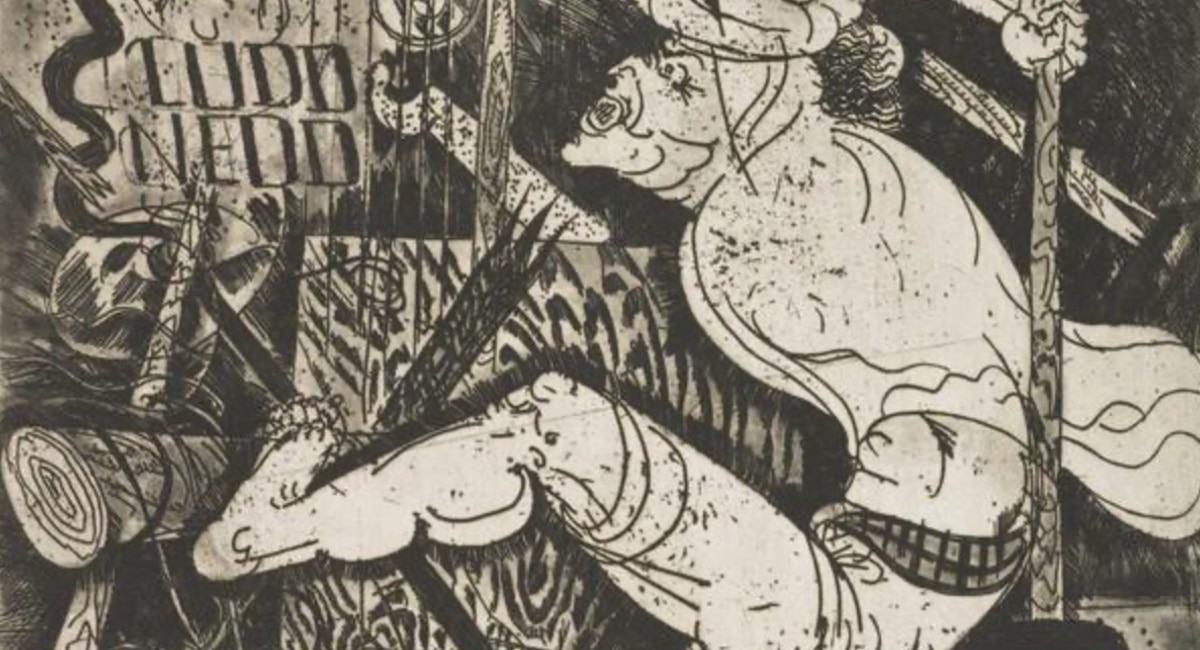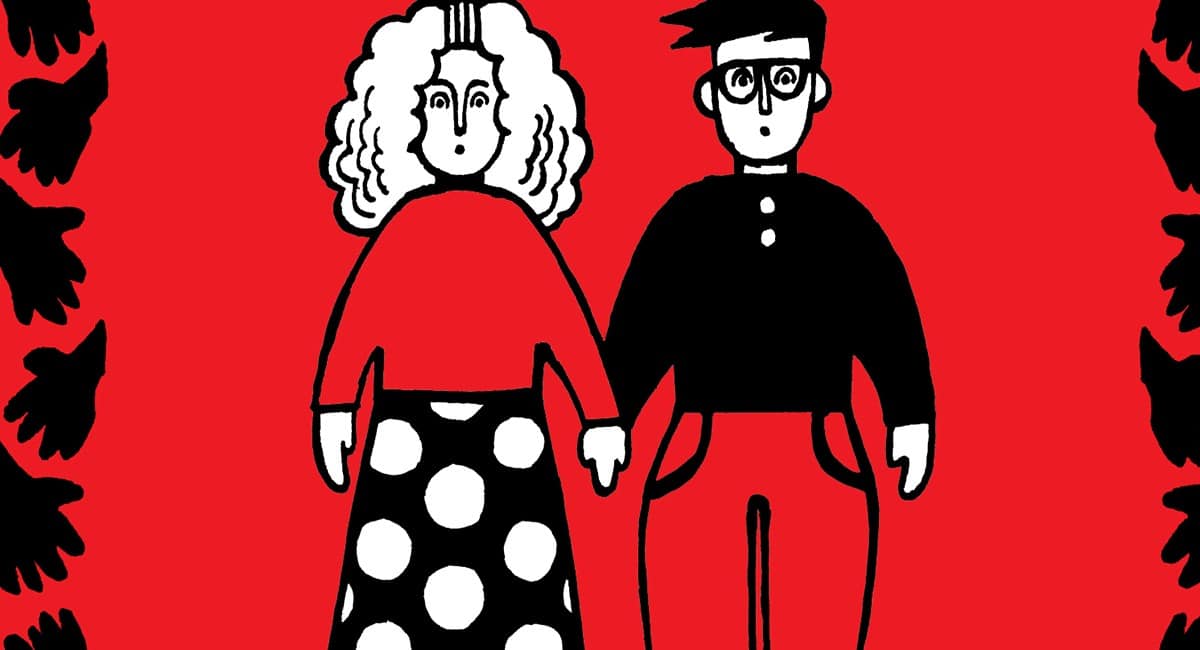Chess is a timeless strategy game that challenges the mind and sharpens critical thinking. It improves memory, concentration, logic, and decision-making. Whether you’re a complete beginner or just curious about the rules, this guide will walk you through the essentials of the game.
While many enjoy mental games like chess for their depth and strategy, others find excitement in luck-based entertainment such as online casinos, where you can explore a variety of games, from classic slots to modern interactive experiences. Many platforms offer generous bonuses to new players—if you’re looking for a head start, check out the latest Stay casino promo codes to unlock extra rewards and enhance your play.
In this guide, you’ll learn what chess is, how the pieces move, and the special rules that make the game rich and complex. By the end, you’ll not only understand how to set up the board and play, but you’ll also be ready to explore deeper strategies and enjoy your first games.
Let’s begin with the basics.
What is chess and how to learn to play
Chess is a two-player strategy game on an 8×8 board. Each side has 16 pieces—king, queen, two rooks, two bishops, two knights and eight pawns. The goal is to checkmate your opponent’s king (or prompt resignation). Games can also end in a draw by agreement or specific positions (e.g., stalemate). To learn:
- Learn the rules: understand each piece’s legal moves and special rules (castling, en passant, pawn promotion).
- Practice regularly: play with friends or online to build intuition and pattern recognition.
- Study theory: read books or watch videos on openings, tactics and endgames.
- Analyze games: review your own and master-level games to spot mistakes and learn ideas.
- Solve puzzles: work on tactical exercises to sharpen calculation and foresight.
For faster progress, consider joining a chess club or hiring a coach.
Basic rules and objectives of chess; special situations
Chess is played between White and Black, each moving one piece per turn on an 8×8 board. White always moves first. A move consists of placing one of your pieces on an empty square or on an opponent’s square (capturing that piece). Once made, moves cannot be retracted—aside from illegal attempts.
Touch-move rule
If you deliberately touch one of your pieces on your turn, you must move it if legal. To adjust without committing, say “j’adoube” first.
Check and illegal moves
- Check: your king is under threat of capture on the next move. You must respond immediately by moving the king, interposing a piece, or capturing the attacker.
- Illegal: you cannot make any move that leaves or places your own king in check. Such a move must be retracted and replaced with a legal one.
Checkmate and stalemate
- Checkmate ends the game: the checked king has no legal escape.
- Stalemate is a draw: the player to move has no legal moves but isn’t in check.
Zugzwang
A position where any legal move worsens your situation. You must still move, choosing the least damaging option.
Automatic draws
Beyond stalemate, the game is drawn if:
- Neither side can possibly force mate (e.g., only kings, or king + minor piece vs. king).
- Perpetual check or threefold repetition (the same position occurs three times).
- Fifty-move rule (no pawn move or capture in fifty moves).
Before casual play, agree on handling threefold repetition and other tournament-style specifics to avoid confusion.
How many pieces are there in chess and what are they called?
At the beginning of the game, there are 32 pieces on the board, 16 for each player. The pieces move differently, and the king is the most important piece, as losing it means defeat.
On the playing field, as on the battlefield, every fighter is important, but someone will have to be sacrificed, so it is important to understand the value of the pieces.
So, each player has:
- King — one piece;
- Queen — one piece, value — 9 points. Sometimes the queen is called the queen, and even on diagrams it is marked with a radiant crown, but this name is incorrect.
- Rook — two pieces, value — 5 points. Sometimes called a tower, which is also incorrect.
- The bishop is two pieces with a value of 3 points. Another common name is ‘officer.’
- The knight is two pieces worth 3 points.
- The pawn is eight pieces worth 1 point.
Points do not affect the outcome of the game, but they help the player assess what they are losing by giving pieces to their opponent and what they are gaining by taking them from their opponent.
All types of pieces are shown in the photo below. The knight is easy to recognise. The pawn is the lowest, the king is the highest, the rook resembles a tower, and finally, the queen is higher than the bishop. The design of the pieces varies, but in most cases the key features remain the same.
The arrangement of chess pieces on the board
The chessboard is a square with 64 squares (fields) that alternate in colour: dark and light. The board is oriented so that each player has the lower left corner of the board in a dark square. In the picture below, the pieces are placed incorrectly: each player has the white corner on their left.
The horizontal rows are usually numbered from 1 to 8, and the vertical rows are designated by Latin letters from a to h. Thus, each square has its own designation, for example, a1, b3, c7, etc. The designation is needed to record moves in a game. Amateurs usually do not do this.
At the beginning of the game, both players must arrange their pieces identically, each on their own side.
The order of the pieces is as follows:
- Pawns are placed on the second row for white and on the seventh row for black.
- Rooks occupy the corner squares — a1 and h1 for white, a8 and h8 for black.
- Knights are placed next to the rooks — on squares b1 and g1 for white, b8 and g8 for black.
- Bishops stand next to the knights — on squares c1 and f1 for white, c8 and f8 for black.
- The queen occupies a square of her own colour: d1 for white and d8 for black.
- The king stands on the remaining central square: e1 for white and e8 for black.
If you are a beginner, you can first arrange the pieces as follows:
- turn the board so that the lower left square of each player is dark;
- the pawns occupy the entire second row from each player;
- the queen and king (the highest piece) occupy the central squares on the row closest to the player, with the queen on her own square and the king next to her;
- the bishops stand on either side of the queen and king, followed by the knights and finally the rooks on the edges.
How pieces move in chess
Each piece has its own unique rules of movement.
- King – Moves one square in any direction. Though limited, it becomes a strong attacker in endgames.
- Queen – Slides any number of squares vertically, horizontally, or diagonally. Most powerful piece.
- Rook – Moves any number of squares along ranks or files. Cannot jump over pieces.
- Bishop – Slides any number of squares diagonally, staying on its starting color. Cannot jump.
- Knight – Jumps in an “L” (2 + 1) pattern. Only pieces that can leap over others.
- Pawn – Moves one square forward (two on its first move); captures one square diagonally forward. Upon reaching the eighth rank, it is promoted to any piece (usually a queen).
A pawn that reaches the last horizontal row is transformed into any other piece except the king, at the discretion of its owner. For this reason, a player may end up with a pair of queens or even five rooks on the board. However, pawns are very weak, and it is rare for them to be converted into other pieces in a game between strong opponents. If this happens, another queen, the strongest piece, usually appears on the board.
Castling
Castling is a special move involving the king and a rook of the same colour. It is done as follows: the king moves two squares towards the rook, and the rook then jumps over the king and lands on the square behind it. This move usually allows the king to be moved to a more secure position and the rook to be moved closer to the centre of the board, where it is potentially stronger.
Castling cannot be performed if:
- the king or rook has made at least one move in the game;
- there are other pieces between the king and the rook;
- the king is in check;
- the king is under attack by an enemy piece after castling;
- the squares through which the king moves are under attack.
Rules for capturing pieces
The same rule applies to all pieces: you can capture an opponent’s piece by moving to its square. This differs from checkers, where you must jump over a piece to capture it. The king cannot be captured; its inevitable capture ends the game and means defeat.
There are two special rules for capturing with pawns. Pawns move forward but capture one square diagonally forward. Additionally, there’s en passant: if a pawn moves two squares forward on its first move, and the square it passes is attacked by an opposing pawn, that pawn may capture it by moving to the passed square — but only on the next turn. This exception doesn’t apply to other pieces, which can pass attacked squares without being captured. The only other exception is castling.
Earlier we mentioned multiple queens can be on the board. Here’s a challenge: place eight queens on a chessboard so that none can capture another in a single move.
***





















 English (US) ·
English (US) ·